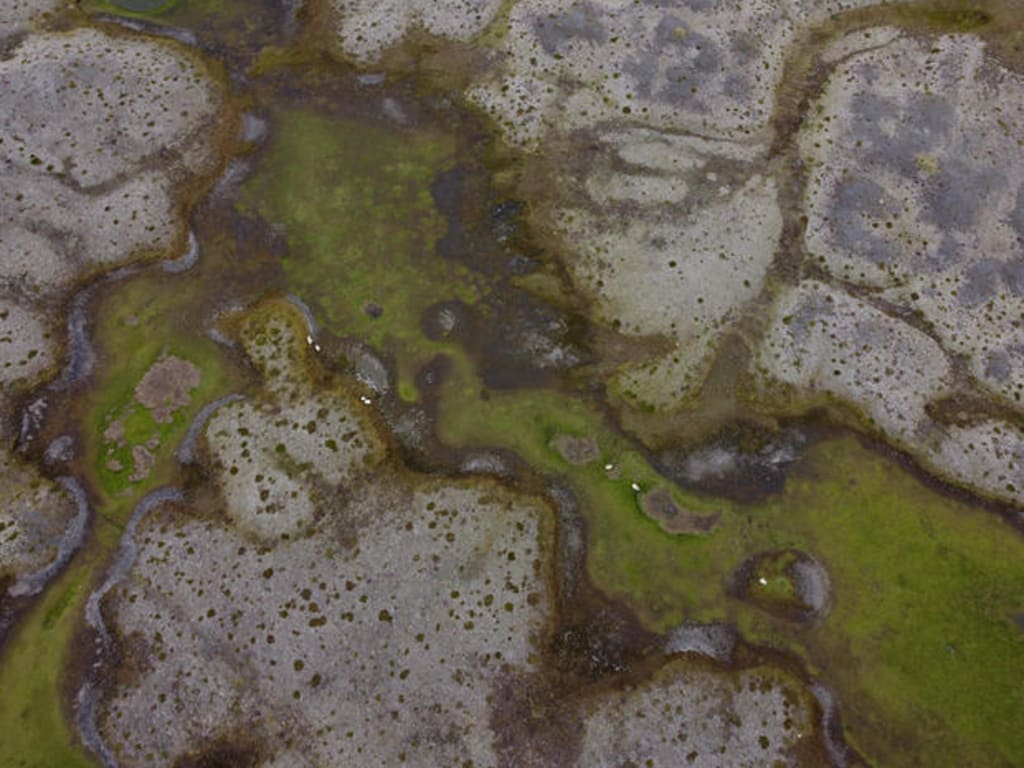Understanding Global Warming: Causes, Impacts, and Solutions
Navigating the Climate Crisis for a Sustainable Future

Introduction:
Global warming, the gradual increase in Earth's average temperature, is one of the most pressing challenges facing humanity today. Driven primarily by human activities such as burning fossil fuels, deforestation, and industrial processes, global warming is causing far-reaching impacts on ecosystems, weather patterns, sea levels, and human health. In this article, we will explore the causes and consequences of global warming, as well as potential solutions to mitigate its effects and build a more sustainable future for generations to come.
Causes of Global Warming:
The primary cause of global warming is the release of greenhouse gases into the atmosphere, which trap heat and contribute to the planet's warming. Carbon dioxide (CO2) is the most significant greenhouse gas emitted by human activities, primarily through the burning of fossil fuels such as coal, oil, and natural gas for energy production, transportation, and industrial processes. Other greenhouse gases, including methane (CH4) and nitrous oxide (N2O), are also released from agricultural activities, landfills, and livestock farming.
Deforestation and land-use changes are additional contributors to global warming, as forests act as carbon sinks, absorbing CO2 from the atmosphere. When forests are cleared or degraded, the stored carbon is released back into the atmosphere, exacerbating the greenhouse effect. Additionally, certain industrial processes, such as cement production and chemical manufacturing, release greenhouse gases and other pollutants that contribute to global warming.
Impacts of Global Warming:
The consequences of global warming are wide-ranging and profound, affecting ecosystems, economies, and communities around the world. One of the most visible impacts is the melting of polar ice caps and glaciers, leading to rising sea levels and increased risk of coastal flooding. This poses a threat to coastal communities, infrastructure, and biodiversity in coastal areas.
Changes in weather patterns, including more frequent and intense heatwaves, droughts, storms, and wildfires, are also attributed to global warming. These extreme weather events can result in crop failures, water shortages, property damage, and loss of life, disproportionately impacting vulnerable populations and exacerbating social and economic inequalities.
Furthermore, global warming is causing shifts in ecosystems and habitats, disrupting biodiversity and threatening species survival. Coral reefs, for example, are highly sensitive to temperature changes and are experiencing widespread bleaching and die-offs due to warming ocean temperatures. Loss of biodiversity can have cascading effects on ecosystem function, ecosystem services, and human well-being.
Solutions to Global Warming:
Addressing global warming requires urgent and concerted action at the local, national, and international levels. Transitioning to renewable energy sources such as solar, wind, and hydroelectric power is essential for reducing greenhouse gas emissions from energy production. Investing in energy efficiency measures, such as improving building insulation and upgrading transportation systems, can also help decrease energy consumption and emissions.
Additionally, protecting and restoring forests and other natural ecosystems is critical for sequestering carbon and preserving biodiversity. Implementing sustainable land-use practices, such as agroforestry and reforestation, can help mitigate the effects of deforestation and land degradation while providing co-benefits such as soil conservation and water management.
Adapting to the impacts of global warming is also essential, particularly for communities vulnerable to climate change-related risks. This includes strengthening infrastructure, enhancing disaster preparedness and response, and promoting climate-resilient agriculture and water management practices.
Furthermore, international cooperation and policy action are necessary to address the global nature of the climate crisis effectively. The Paris Agreement, adopted in 2015, represents a landmark international treaty aimed at limiting global warming to well below 2 degrees Celsius above pre-industrial levels and pursuing efforts to limit the temperature increase to 1.5 degrees Celsius. Countries are encouraged to set ambitious emissions reduction targets and implement measures to achieve them, with support for developing countries to build climate resilience and transition to low-carbon economies.
Conclusion:
Global warming poses a significant threat to the planet and requires urgent and decisive action to mitigate its impacts and build a sustainable future. By addressing the root causes of global warming, transitioning to renewable energy, protecting ecosystems, and fostering international cooperation, we can work together to combat climate change and safeguard the health and well-being of current and future generations. It is crucial for individuals, communities, businesses, and governments to take meaningful steps towards reducing greenhouse gas emissions, adapting to climate impacts, and creating a more resilient and equitable world for all.





Comments
There are no comments for this story
Be the first to respond and start the conversation.